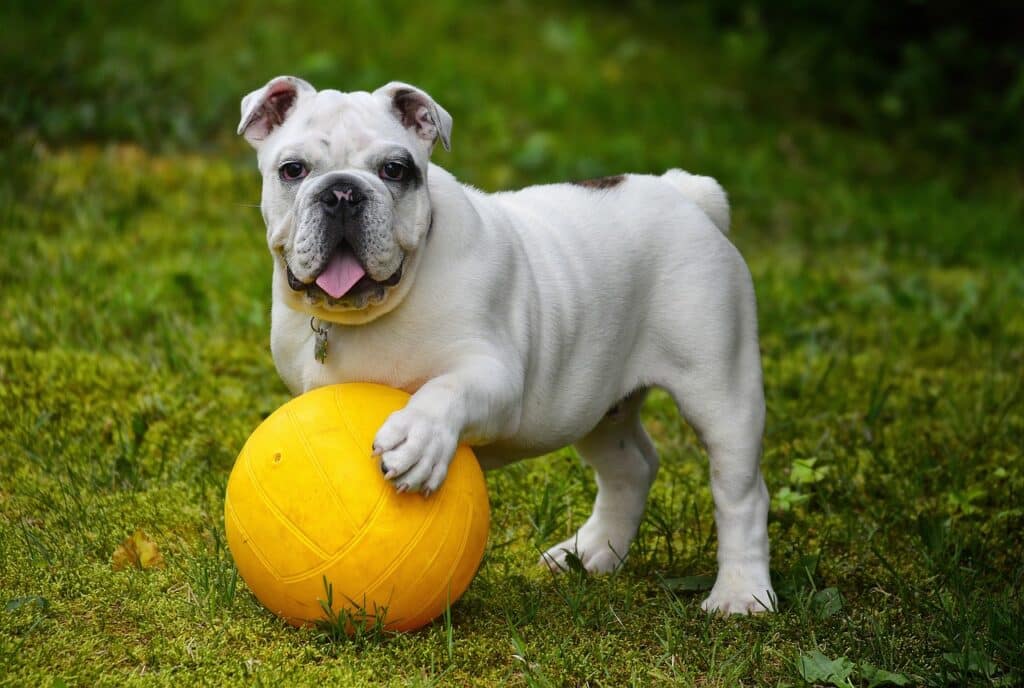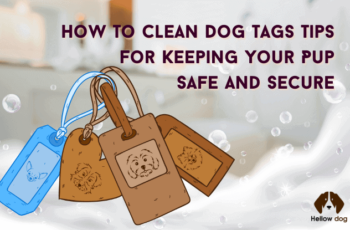Imagine it’s a bright sunny day, and you’re out in the park with your furry best friend. You’re tossing a frisbee, its vibrant red color contrasting against the vivid blue sky. How does your pooch perceive this scene? Is the world a kaleidoscope of color for them as it is for us? Or is it just different shades of grey?
Our perception of color comes from light-sensitive cells in our eyes called cones. Humans have three types of cone cells, each tuned to perceive light of a specific wavelength – red, blue, or green. This is called trichromacy, and it gives us our richly colored view of the world.
And what about our furry friends? Let’s put it this way – when your dog fetches that frisbee, they’re not seeing it in the same red tone as you. But that doesn’t mean they’re living in a black and white world either. Let’s find out how.
What Does It Mean to Be Colorblind?
When we say someone is colorblind, we mean that their perception of colors is different from what most of us experience. This condition, also known as color vision deficiency, occurs when a person’s eyes lack one or more of the types of cone cells that perceive color.
There are different types of colorblindness based on which cone cells are affected. For instance, someone with red-green color blindness has trouble distinguishing between red and green. This doesn’t mean they see these colors as grey. Instead, they might perceive red as a muddy brown and green as beige.
The term ‘colorblind’, then, is a bit of a misnomer. It doesn’t mean seeing the world in black and white. Instead, it refers to a different, less varied palette of colors than what many of us see.
What Colors Can Dogs See?
So, are dogs colorblind? Well, if we’re using the term ‘colorblind’ in its most accurate sense, then yes, dogs are colorblind. But not in the way you might think.
Dogs have two types of cone cells in their eyes, which makes them dichromats. So, while humans see the rainbow as violet, blue, green, yellow, orange, and red, dogs would see it as something like dark blue, light blue, grey, light yellow, darker yellow (sort of brown), and very dark grey.
In other words, dogs see the world in shades of blue and yellow. Red, green, and orange are perceived as different tones of yellow and blue. So, your dog isn’t seeing the world in black and white; they’re just seeing a different color spectrum!
Here’s a cool fact: Dogs can see better in low light than humans can. This is thanks to a special layer behind their retina called the tapetum lucidum, which reflects light back through the eye. This is also why your dog’s eyes sometimes glow in the dark!
See also

But back to colors. You know that red frisbee you were tossing earlier? To your dog, it probably looks like a light yellow or brown. And that lush green grass? It likely appears as shades of yellow and blue. But don’t worry, your dog isn’t missing out. They’re just experiencing the world in a different way.
What Color Toys are Best for Dogs?

Now that we have a better understanding of how dogs see color, we can use this knowledge to our – and more importantly, our dogs’ – advantage. When choosing toys, why not pick ones that will stand out in your dog’s field of vision?
Since dogs can see blue and yellow best, toys in these colors are a great choice. They will stand out against most backgrounds, making playtime even more fun for your furry friend. Just imagine the joy on your dog’s face when they can easily spot their favorite toy in the grass!
But remember, while color can make a difference, it’s not the only factor to consider when choosing toys. Your dog’s size, breed, and personal preferences also play a big role. So, keep experimenting with different toys to find out what your dog loves the most.
Hopefully, this has given you a new perspective on how your dog sees the world. The next time you’re out in the park with your furry friend, you might see things a little differently too!


